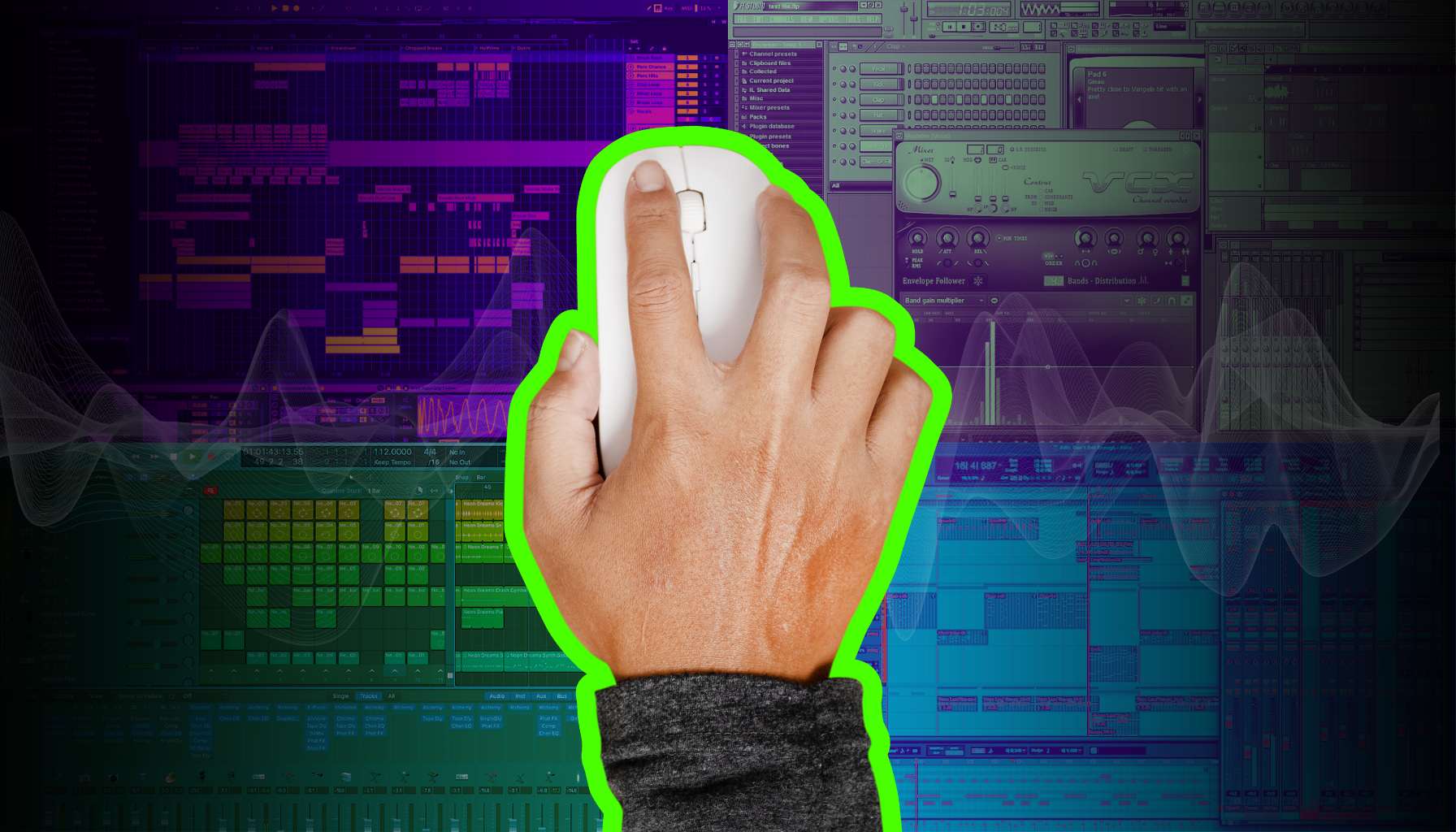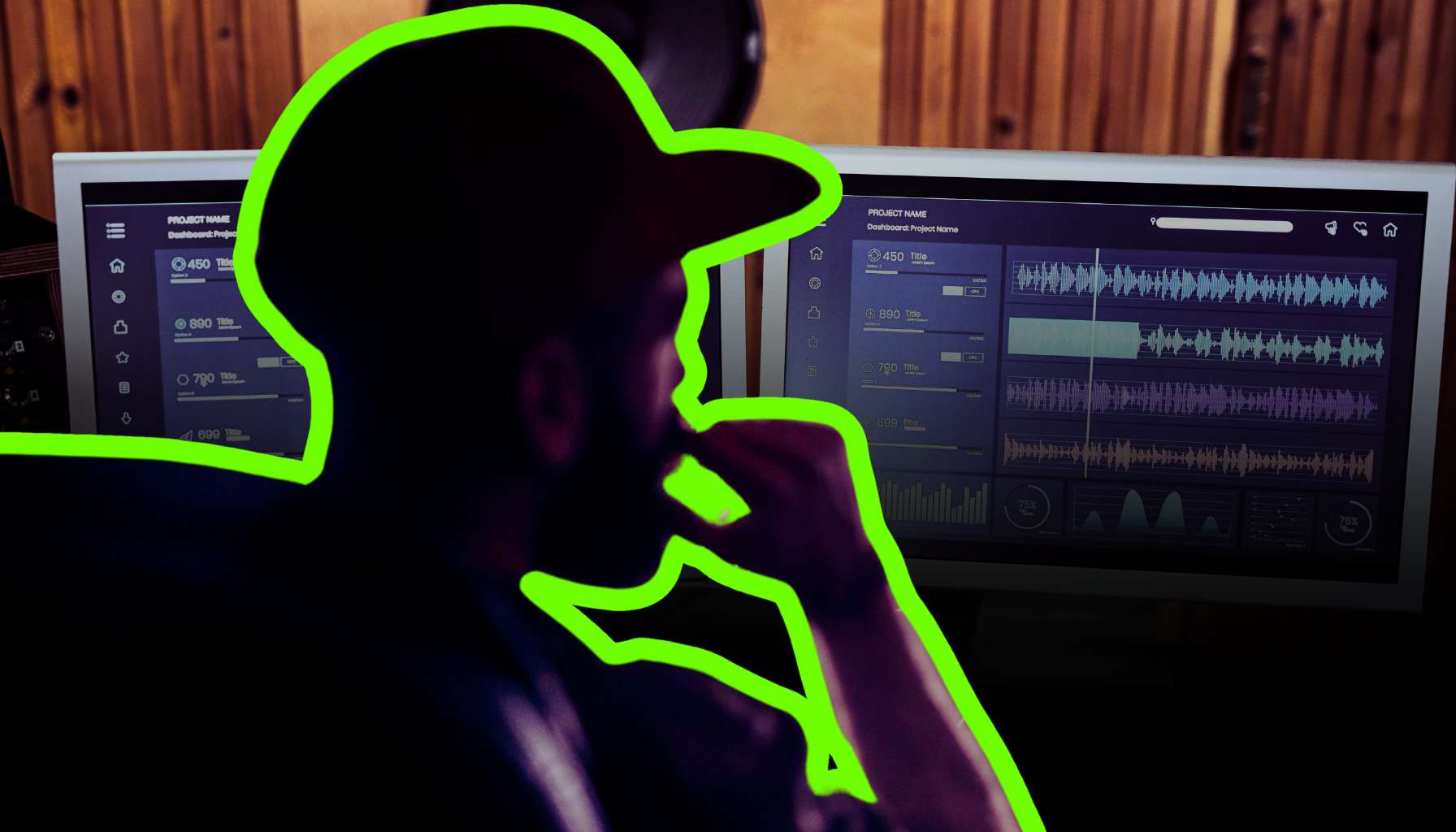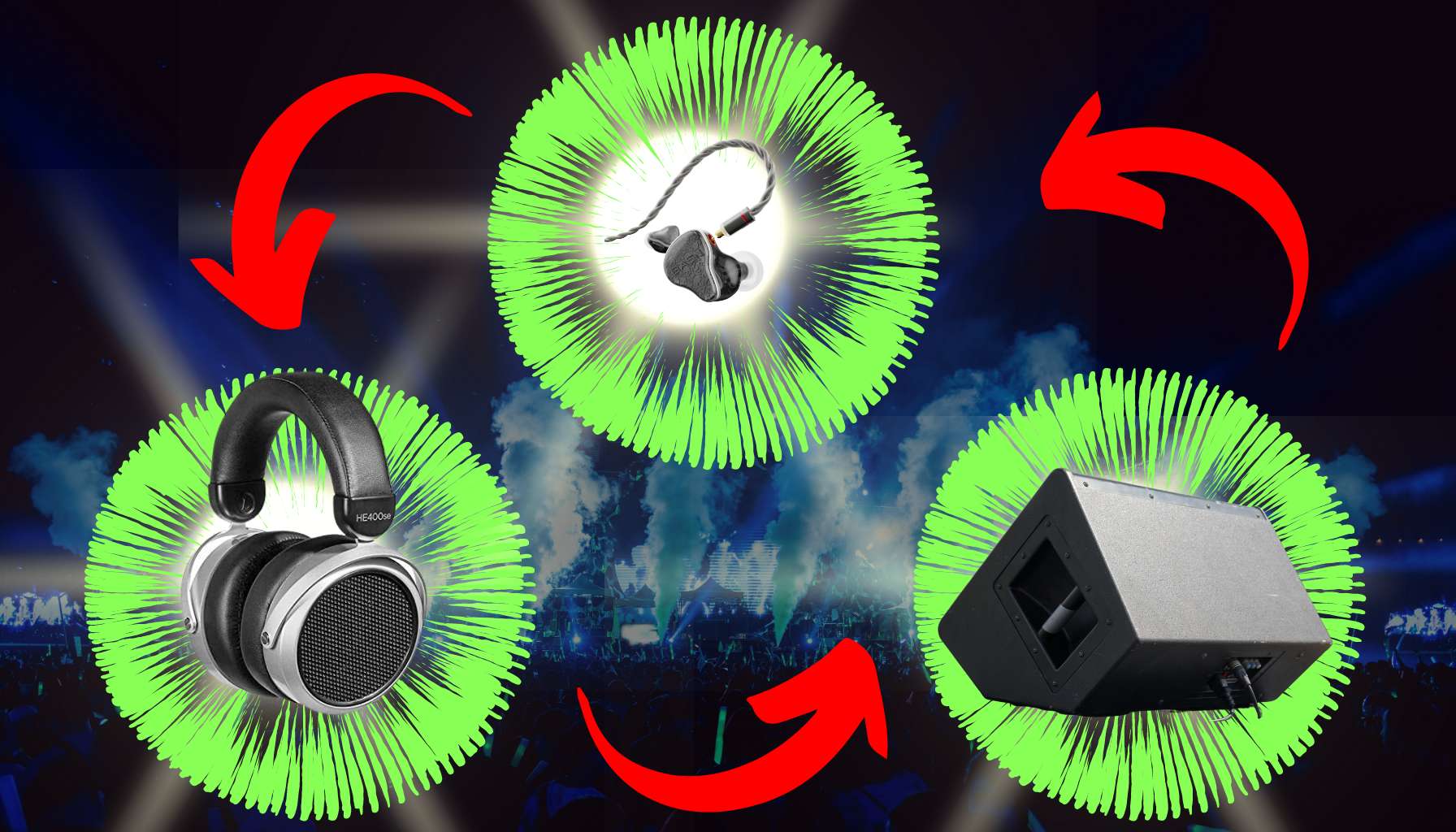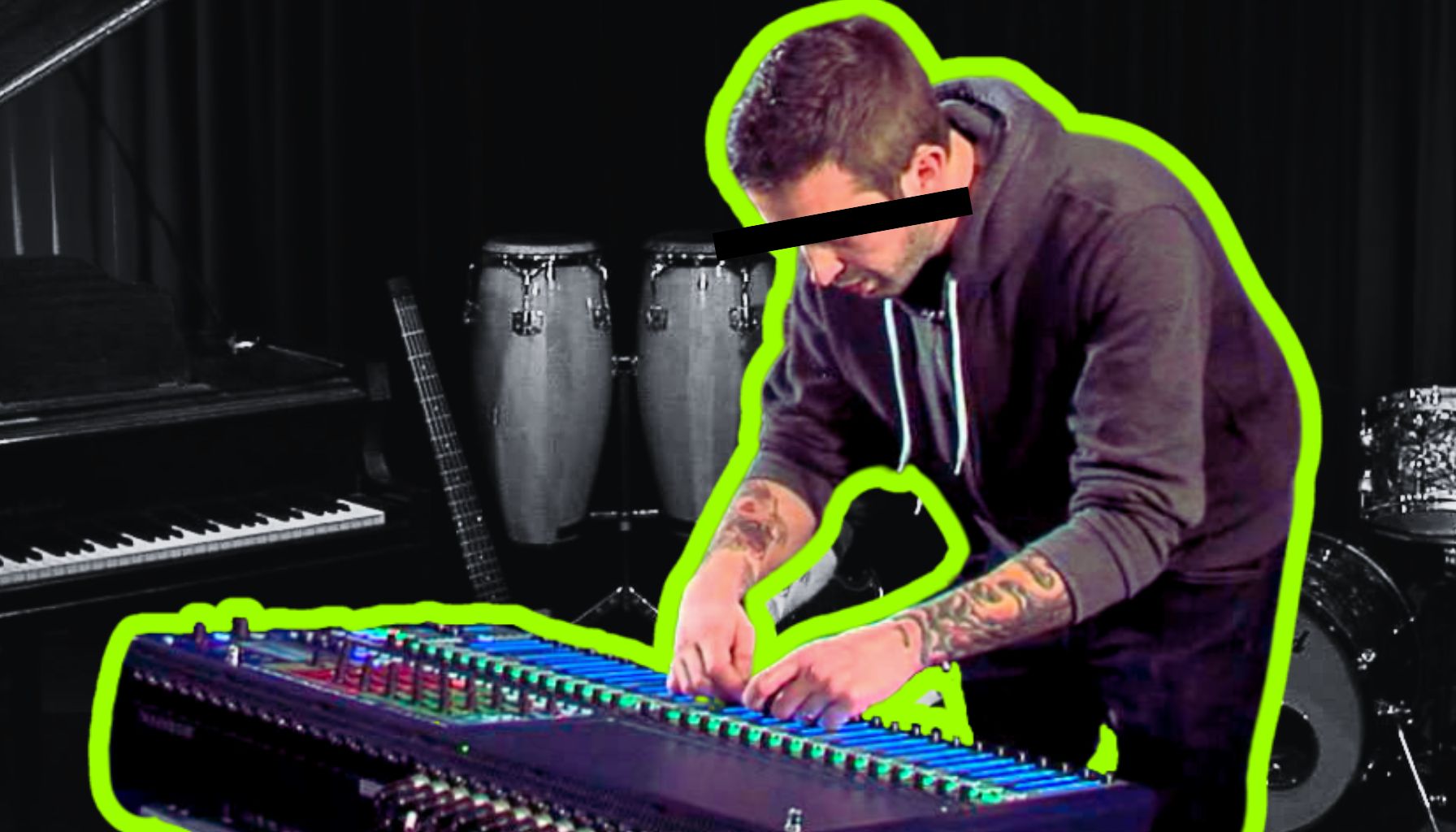Introduction
The History and Evolution of Trap
Ah, Trap music, with its chest-rattling bass and hi-hats faster than a coffee addict’s heartbeat—it’s a genre that’s stormed the charts and shaken up the status quo like a Polaroid picture. But where did this sonic juggernaut originate, and how has it evolved into the titan of toe-tappery it is today? Buckle up, as we dive into the cradle of Trap to unearth its rollicking roots and signature shake.
Origins of the Trap Genre
Picture this: the late ’90s to early 2000s, a time when low-rise jeans and flip phones were the bees’ knees. In the Southern parts of the US, particularly Atlanta, there was a sonic rebellion brewing. With hip-hop as its canvas, Trap painted gritty tales of street life over beats that could shake the change out of one’s pockets. It wasn’t just music; it was a narrative woven through rattling snares and thunderous 808s. Producers like DJ Toomp and Shawty Redd were cooking up something spicy, and soon, the world would have its first taste of Trap.
Defining Characteristics of Trap Beats
But what’s the secret recipe for a quintessential Trap beat? If Trap music were a stew, the chief ingredients would be booming 808 bass lines, snappy snares, and hi-hats that roll like a gambler’s lucky dice. These elements combined create a concoction that’s as addictive as midnight snacks—once you pop, you truly can’t stop.
Essential Equipment and Software for Trap Production
So you’ve been bitten by the Trap bug and want to start cooking up your own beats? Digital Audio Workstations (DAWs) are your kitchens, and in the modern producer’s arsenal, they’re as essential as garlic in Italian cuisine. From heavy-hitters like [Ableton Live](https://www.ableton.com) and [FL Studio](https://www.image-line.com) to up-and-comers like [Logic Pro X](https://www.apple.com/logic-pro/), the right DAW is the foundation upon which your trap empire shall rise.
Recommended Digital Audio Workstations (DAWs)
Our generation is spoiled for choice with DAWs that cater to every whim, but when it comes to Trap, it’s wise to choose one that can handle both your blazing beats and your cleverest counter-melodies with ease. Opt for one with a smooth workflow that lets you channel your inner sonic Picasso without technical hiccups hampering your vibe.
Key VSTs and Sample Packs
Now let’s talk chops—the Virtual Studio Technology (VSTs) and sample packs that give your beats the flavor of authenticity. From spine-tingling synths to grimy, subterranean 808s, these tools are what you need to stand out in the Trap beat buffet. Sample packs are your sous-chefs, offering pre-seasoned sounds that you can sprinkle into your mix to taste. As we wrap up this session, armed with knowledge sharper than a hi-hat cut, we prepare to strut into the nightclub of next steps: Crafting the Perfect Trap Drum Beat. After all, the stomping soul of Trap lives in its drum patterns—key elements that transform your track from a mere head nodder to a festival anthem. So tap into that BPM range that pulses like a neon light in the smoke-filled alleyways of dance, and join us as we march to the beat of the Trap drum.
Building the Foundation: Crafting the Perfect Trap Drum Beat
The heart of any trap banger lies within its booming bass and snappy snares, but the pulse—the true essence—it’s all about crafting that perfect drum beat. As we zoom past the braggadocio origins and the paint-stripping bass growls that have crowned Trap king of the urban jungle, we’re zeroing into the nitty-gritty of what makes trap’s heartbeat tick, tock, and explode.
Key Elements of a Trap Drum Pattern
Creating the percussive canvas for a trap masterpiece isn’t just about smacking a kick drum and calling it a day. You’ve got to lay down a rhythm that’s stickier than molasses. It’s that hypnotic synthesis of kicks, snares, and hi-hats that cinches into the lizard brain of every listener and says, “Yeah, it’s time to move.”
Understanding the Standard BPM Range
To kick things off, you need to get your BPM (Beats Per Minute) setting spot on. Hovering between the 100-175 BPM sweet spot, trap beats give you the slow burn that can suddenly erupt into frenetic energy, keeping those heads nodding like a bobblehead convention.
Selecting and Layering Kicks, Snares, and Hi-Hats
Now, let’s get up close and personal with your beat ingredients. A thumping kick drum, the kind with enough low-frequency oomph to rattle your neighbor’s family heirlooms, partnered with a snare that snaps like dry spaghetti—these are your bread and butter. But don’t stop there. Layering plays a game-changing role. We’re talking meaty layers of claps on snares and a cascade of hi-hat cymbals that sprinkle flavor like the perfect seasoning.
Advanced Rhythmic Techniques
Okay, your canvas awaits, and it’s time to unleash the artistry with some advanced rhythmic techniques. Tread lightly though, or you’ll end up with more rolls than a bakery, and nobody’s gluten-intolerant here.
Programming Complex Hi-Hat Patterns
Those hi-hats are your paintbrush for adding texture and movement, finessing them to tick away with robotic precision or jolting to life with the unpredictability of a poltergeist in a power cut.
Utilizing Rolls, Triplets, and Stutters
Rolls, triplets, and stutters are not just culinary terms. In the world of trap, these rhythmic delicacies can make a beat go from generic to genius. They’re the spicy ad-libs to your straight-laced verses, the mid-song tequila shot that gets everyone raising their glasses, ready for the drop. As you stand back, admiring the foundational finery of your latest trap track, you can almost hear the distant cry of excited fans, can’t you? But a trap beat isn’t ready to conquer the airwaves based solely on rhythm. No, what comes next is melody and bass—because without that golden hook and knee-weakening bassline, you’re all hat and no cowboy. Next up: Melodies and Basslines. They’re the sonic chocolate and peanut butter; they just belong together. And in trap, they blend into a visceral ride of gritty lows and ephemeral highs. So, turn up that sub, crack your knuckles, and let’s dive headfirst into melodic hooks and 808s that hit harder than life’s curveballs.
The Art of Trap Melodies and Basslines
Crafting catchy melodies and chest-thumping basslines is the bread and butter—or perhaps the hi-hats and 808s—of trap music production. After all, what’s a trap anthem without a hook that latches onto your brain or a low-end rumble that rattles your bones? But fear not, you don’t need to be Mozart or have a PhD in Thuganomics to crack the code to killer trap productions. It’s all about balance, creativity, and a little bit of swagger.
Constructing Catchy Melodic Hooks
Let’s kick things off by dabbling in some sonic sorcery—the conjuring of melodic hooks. In the trap game, when the melody hits you, it should feel like Cupid shooting an arrow straight into your auditory cortex. Whether you’re plucking them out on a MIDI controller or drawing them in your DAW, hooks are your hook, line, and sinker.
Scale Selection and Melodic Structures
Scale selection can be the difference between a bop and a flop. Utilizing minor scales can give you that moody, contemplative vibe, while harmonic minors can add a sense of mystique and edge. It’s about finding the right blend of notes that can tell a story without uttering a single word. And when it comes to structure, remember, simplicity is not mundanity; a memorable hook often uses repetition to burn itself into the listener’s psyche.
Tips for Haunting and Atmospheric Tones
Depending on your track, you might want your melodies to deliver haunting, atmospheric tones—notes that hang heavy in the air like a mist over a moonlit swamp. This is where sound selection plays a crucial role. A good reverb can transport your plucky lead synth from a homely bedroom setup to an echoey cathedral of sound.
Heavy 808s and Bass Management
But what about when it’s time to drop the bass? The legendary Roland TR-808 drum machine gave birth to the seismic thump heard ’round the world, and in trap music, mastering the 808 is a rite of passage. Your 808s are the heavyweight champions of your track, knocking out listeners with their visceral punch. Getting them right means the difference between a track that tickles the subwoofers and one that makes them beg for mercy.
Creating and Processing 808 Samples
When crafting your 808s, remember—less can be more. Sometimes a clean, well-processed 808 sample, pitched to perfection, is all you need. But don’t be afraid to get dirty; subtle distortion or saturation can add character and girth, making your basslines impossible to ignore. The key to processing is to enhance, not to eclipse the natural boom of your 808s.
Balancing Low End With Melody and Drums
Getting your low-end to play nice with your melodies and drums is a balancing act worthy of a circus act. It’s about ensuring your 808s sit in the mix just right, giving them room to breathe without smothering your other elements. Sidechain compression is your friend here; it’s the subtle nod between the kick and the bassline that keeps them from stepping on each other’s toes. Having laid down the foundations for captivating melodies and body-quaking basslines, it’s time to inject your trap creations with even more life through creative sound design. Our next section teases out the nuances of employing synthesizers and sound effects, layering, and texture—dishing out tactics to infuse your trap tracks with a distinct flair that’ll make them pop in a playlist. So, cinch up your producer belt, things are about to get interesting—or should we say, infectious?
Enhancing Your Trap Beats With Creative Sound Design
After laying down the ghostly melodies and earthquake-inducing 808s, your trap beat might still feel like it’s missing a touch of voodoo magic. Enter the enigmatic world of sound design—where the mood is set not just with notes, but with the very timbre of the sounds themselves. In this forge of auditory alchemy, we’ll discover how to give your beats that extra dose of personality that whispers in the listener’s ear long after the track ends.
Employing Synthesizers and Sound Effects
When you think trap, you think synths—and not just any synths, but those that can growl, purr, and wobble with the best of them. The synth selection for trap sounds is crucial; it’s about finding those that can deliver both the razor-sharp leads and the deep, ominous pads. Think Serum and Sylenth1, synths versatile enough to produce the full gamut, from crystalline to downright nasty sounds. But when we talk about designing unique SFX for transitions and emphasis, we’re talking about the ear candy—the icing on the proverbial cake. These can be the metallic clinks, the thunderous explosions, or the snapshots of ambient noise that provide context and contrast, catapulting your transitions from predictable to phenomenal. A well-placed riser or a stutter effect can be the difference between a nod and a neck-break on the dance floor.
Layering and Texture
If you’ve ever wondered how to make your beats stand up and announce themselves with authority, the answer is layering and texture. You might add depth with pads that quietly weave in and out like specters in the backdrop, or perhaps with ambiences that paint an aural scene, enveloping the listener in a space that’s distinctly trap. Pads are like the shadow artists of the track, often unnoticed but sorely missed when absent.
The creative use of sampling can add that splash of novelty and nostalgia, elevating your track from a simple loop to a narrative. Think of the crunch of a vinyl, the clip from an old-school video game, or the bark of a street vendor—these glimpses of life can breathe uniqueness into the beat, infusing it with a story that resonates on multiple levels. As we march to the beat of these tricked-out trap tracks, it’s time to polish these rough diamonds into gleaming gems that stand out in any playlist.
Next up, we’re diving into the mixing and mastering phase. Here, precision is key, clarity is king, and everything—from the booming bass to the sizzling hi-hats—must find its rightful place in the grand sonic picture without losing its edge. Tune your ears to the nuances of EQ and compression settings, spatial effects, and the fine art of mastering that ensures your beat rocks not just the headphones, but the grandest of stages.
Mixing and Mastering Trap Beats
As the pulsing heart of the trap scene, beats need to be as sharp as a barber’s blade and as powerful as a street hustler’s pitch. But how do you get there? You’ve stacked your sounds taller than a skyscraper, now it’s time to ensure they won’t topple when you let them loose on the world. The alchemy of mixing and mastering is where your beats go from being good to ‘fire emoji good’.
Mixing Techniques for Trap
Mixing is where we play digital Jenga. It’s all about balance—making sure your 808s don’t stomp over your hi-hats like Godzilla on a Tokyo tour. The key? EQ and compression. Carve out frequencies with the precision of a sushi chef so your sounds have their own little sonic beds to sleep in peacefully. Compression is your beat’s personal trainer, keeping everything tight and punchy so listeners can’t help but nod their heads.
EQ and Compression Settings for Clarity and Impact
While EQs and compressors aren’t exclusive to trap, they are as crucial as the snare’s placement in a trap beat. Maybe you scoop the mids on your kick to let it play nice with a monstrous 808, or side-chain compress your pads so they duck under each snare hit like they’re playing limbo. The right EQ and compression settings bring clarity—the kind that cuts through like a diamond in a coal mine.
Spatial Effects: Reverb and Delay Usage
Now don’t forget about reverb and delay—these are audio MSG, enhancing flavors you didn’t even know were there. A touch of reverb on your snare can make it smack like it’s in a cathedral, and a tasteful echo on that peculiar lead sound keeps it hovering in the air like a UFO. Use spatial effects to give your beats depth—just enough to intrigue, not enough to lose your listener in the sauce.
The Mastering Process
Mastering is the final sprinkle of pixie dust before your beats strut down the digital runway. It’s no mere tweak or polish; it’s the coronation of your creation.
Loudness and Dynamics in Trap Music
When it comes to trap, loudness matters. It’s the aural equivalent of a peacock’s feathers—the brighter and more vibrant, the better. You’ll be aiming to hit that sweet spot where your beat roars out of speakers without sounding like it’s been through a blender. But beware the loudness war; preserve dynamics like they’re the last slice of pizza.
Preparing Beats for Various Distribution Platforms
And just like fashion, your beat has to look good on any model, or in this case, sound pristine across streaming platforms, clubs, and car stereos. Make sure your mastering engineer (which might very well be you) has a checklist that covers different mediums. Consistency is key, even more reliable than those 808s you cooked up.
Marketing Your Trap Beats
Stepping into the arena of trap beat production, you’ve sculpted seismic 808s, woven chilling melodies, and honed your mix to near perfection. The inevitable question looms: how will the world vibe to your beats if they’re gathering digital dust on a hard drive? Fear not, for the bridge from obscurity to omnipresence is built on the sturdy pillars of marketing.
Building Your Brand as a Beat Producer
The brand is the producer’s bat signal—it’s what makes the ears of artists and listeners alike perk up in a sea of sameness. Start by crafting an online persona that’s as memorable as your tunes. Are you the shadowy figure with beats darker than a moonless night, or is your sound the aural equivalent of a neon-soaked street in a cyberpunk saga? Nail this, and you’ve laid the first brick in your yellow brick road.
Establishing an Online Presence
In today’s digital bazaar, social media is the megaphone that amplifies your brand’s voice. Create content that’s more than just beats—show the face behind the bass, the human behind the hi-hats. Platforms like Instagram and Twitter are just starters; spread your sound across YouTube, SoundCloud, and TikTok, because, in the beat game, ubiquity is king.
Collaborating With Artists and Networking
Partnerships in music are as paramount as peanut butter is to jelly—it just works. When you sync with vocalists or fellow producers, you’re not just sharing files; you’re swapping audiences and doubling your exposure. Tap into online forums, join producer groups, and hit up that local artist showcase. Networks grow not from a myriad of meek hellos but from hearty conversations over shared passions.
Selling Beats Online
The wonderful web offers a smorgasbord of platforms to peddle your sonic wares. Beatstars and Airbit are like the Craigslist for beats, sans the sketchy vibes. Here, your 808s can find a home with rappers from Atlanta to Zambia. And remember, exclusivity sells; leasing beats are lucrative, but a savvy producer knows when to hold out for that full rights sale.
Platforms for Beat Selling
When selecting where to sell your beats, consider the commission cut and the community. Some platforms offer slick storefronts and analytics to track your star beats. Others might boast a bustling marketplace but have more fierce competition. The goal is visibility—be the search result, not the search party.
Licensing and Pricing Your Beats
License talk is about as exciting as watching paint dry, but it’s the line between profit and peril. Know the difference between exclusive and non-exclusive rights, and price your beats like Goldilocks—not too high, not too low, but just right. Resources like ASCAP’s royalty calculator can help tune your price tags to industry standards. As you chart your course from beat-making hobbyist to a trap connoisseur, you’ll soon find that the beat itself is just the beginning. The FAQs of the trap realm echo with queries about plugin picks, bassline bewitchery, and the alchemic art of the drop. Prepare to plunge into a reservoir of tips and tricks that turn questions into clearer paths towards trap mastery. These nuggets of know-how can elevate your beat-making from guesswork to game-changer, ensuring your productions don’t just slap—they sustain.
FAQs on Producing Trap Beats: Tips and Tricks
Caught in the trappings of trap production? A genre defined as much by its shrewd beats as its cultural significance is bound to cast up challenges. Whether you’re a beat-making rookie or a seasoned virtuoso looking to swerve into a new lane, these FAQs aim to break down the creative blockades and pump up your tracks to trap supremacy.
Can I Produce Professional Trap Beats Using Only Free Plugins and Samples?
Absolutely, and don’t let the bling of high-end plugins make you think otherwise. The digital age is our genie-in-a-bottle; it’s packed with free goodies that can make your beats snap, crackle, and pop with the best of them. It’s less about the price tag and more about knowing how to tweak and maneuver these tools to cook up that fire beat.
What Is the Role of Sidechain Compression in Trap Music?
Sidechain compression in trap is like a game of hopscotch with your sounds; it’s all about having your elements take turns in the spotlight. By ducking your bass when the kick hits, you get that quintessential pulsating dynamic that’s the heartbeat of trap—allowing the thunderous 808s to shine, but not overpower.
How Do I Make My 808s Sound Powerful but Not Overly Distorted?
The secret to powerful 808s lies in finding that sweet spot between beef and bloat. Subtle saturation can add warmth and presence, while a discerning ear on the EQ can maintain clarity in the mix. Aim for a punch that cuts through without muddying the waters—the 808 should be felt in the chest, not just heard.
What Are Some Common Mistakes to Avoid When Producing Trap Beats?
Some producers forget it’s a symphony, not a shouting match. Overcrowding the mix, neglecting the low-end balance, and being too repetitive can lead to a dull thud instead of a genre-defining bang. Keep it spacious, dynamic, and fresh with twists and turns that surprise even the most jaded of trap aficionados.
How Do I Create a Trap Beat That Stands Out in a Saturated Market?
Originality is the currency in the economy of trap. Bend the rules with unconventional sounds, fuse in flavors from different genres, and dare to push boundaries. Let your creativity, not just current trends, steer the production. Set the trend, don’t just follow it.
Are There Any Shortcuts to Speed up the Production of Trap Beats?
While there are no shortcuts to mastery, there are certainly hacks and templates that can speed up your workflow. Mapping out your drum patterns, saving your favorite synth presets, and creating go-to sample libraries can trim hours off the production process—leaving you more time for innovation and finesse.
What Elements Are Essential in Every Trap Beat?
Essential elements of trap are like the ingredients in your grandma’s secret recipe—some kick, lots of hi-hats, a sprinkle of snare, and, of course, a generous helping of 808 bass to get that kitchen, or rather, the club rockin’.
Can I Produce Trap Music Without Knowing How to Play a Keyboard?
Not a keys wiz? No biggie. Many production gurus craft hits without ever tickling the ivories. MIDI controllers, programming by ear, and intuitive DAW piano rolls can navigate your composition like GPS for your beats—you’ll get to your destination with a little guidance.
How Often Should I Update My Trap Beat Portfolio When Selling Online?
Consistency is key to keeping your listeners hooked, and regularly updating your beat stash keeps them salivating for more. Aim for a steady stream of releases—too infrequent and you’re out of mind; too often and you risk diluting the quality.
What Are Some Techniques for Seamlessly Integrating Vocal Samples in Trap Beats?
Vocal samples in trap are the icing on the cake. Slice, dice, and sprinkle them throughout your track with finesse. Pitch them up, down, or reverse—make those voices dance to your beat. They should complement, not compete with, your instrumental narrative.
As we wrap up these pro tips and workarounds for your trap productions, we’ve armed you with the keys to unlock the gates of beats that bang and slap. With a dash of ingenuity and a sprinkle of persistence, you’re ready to emerge from the shadows into the gleaming spotlight of trap glory. And on that beat drop—let’s segue into the enthralling world of branding and marketing your beats, where your distinctive trap creations find their tribe and your producer tag echoes across the digital landscape.


















